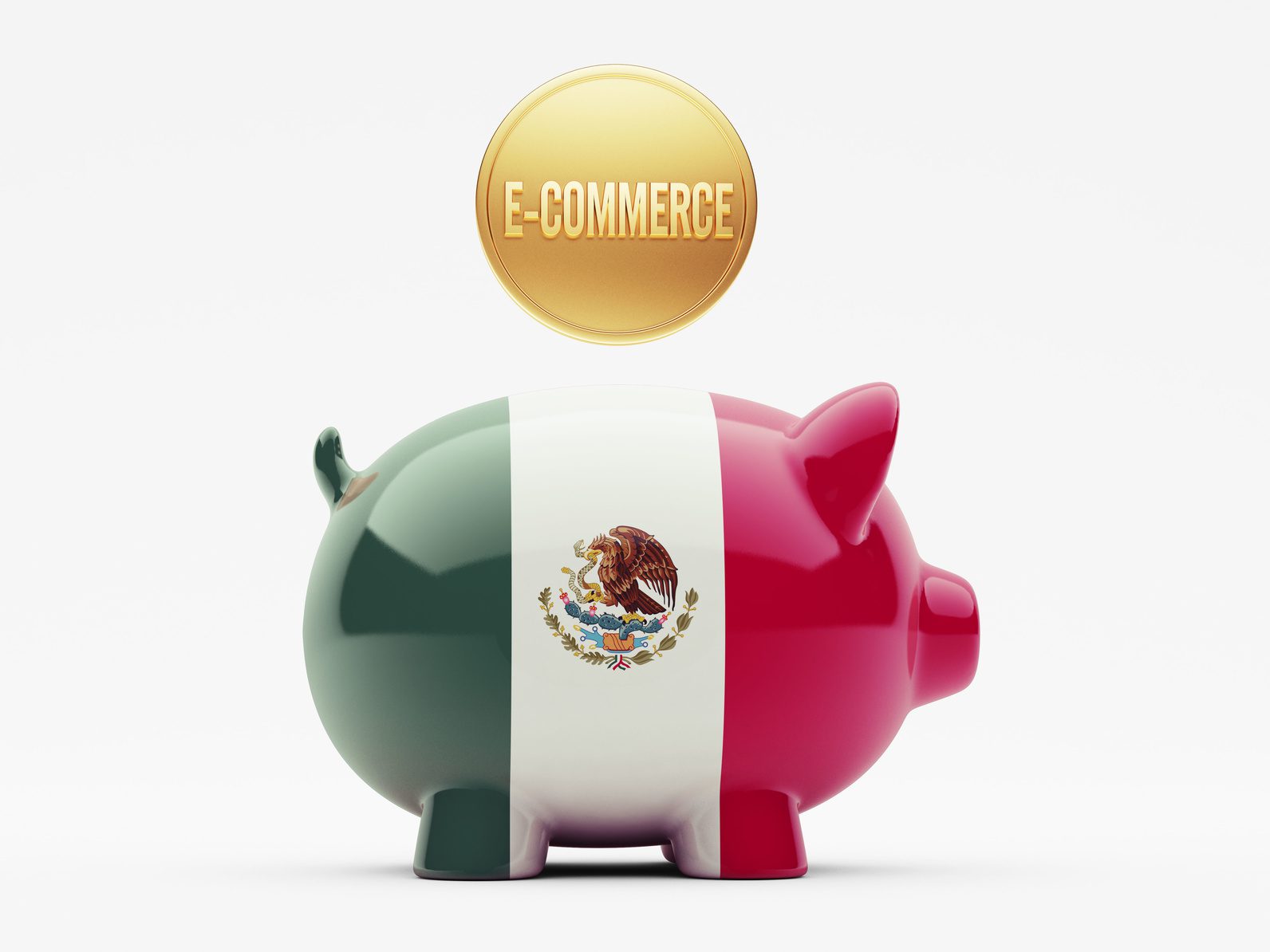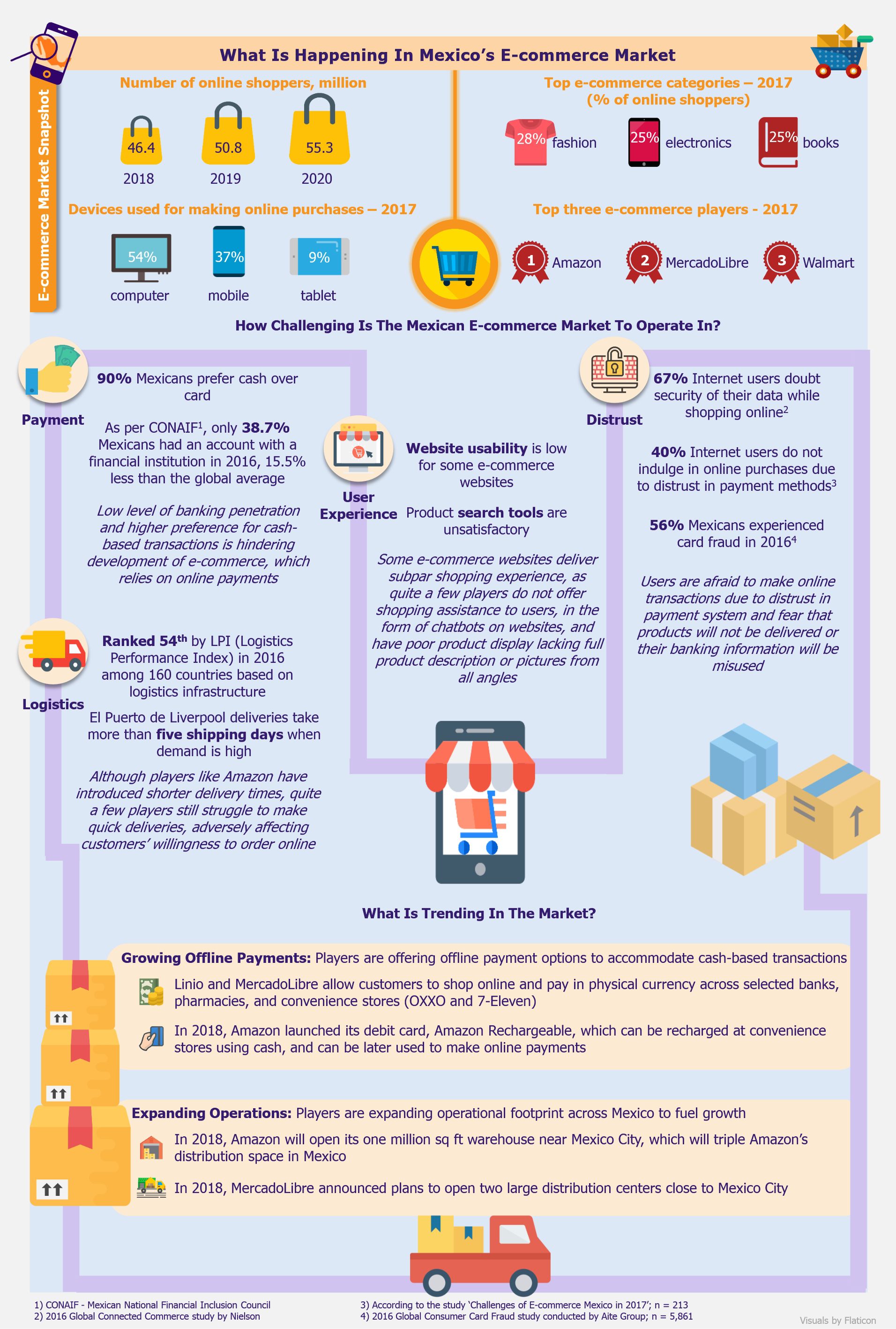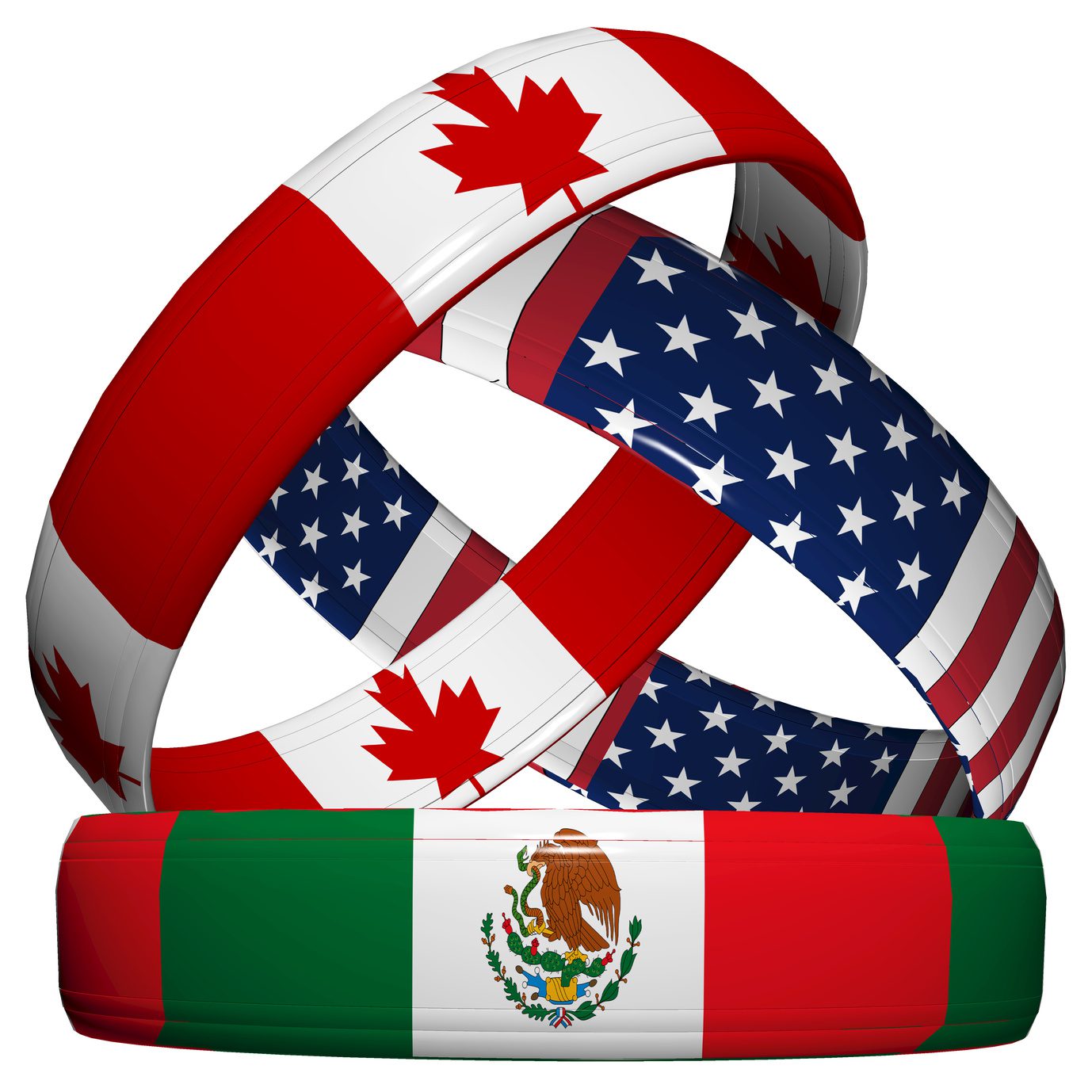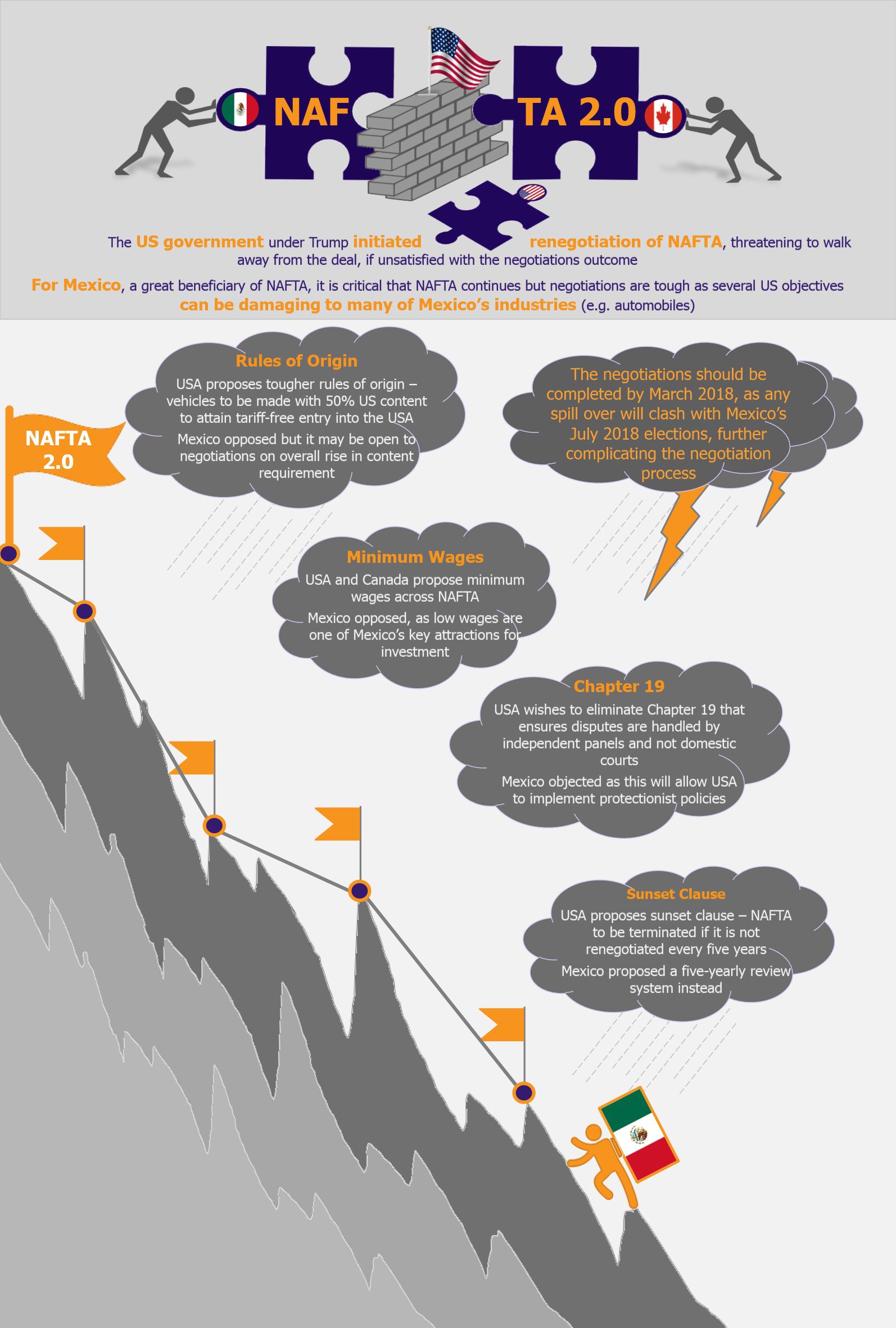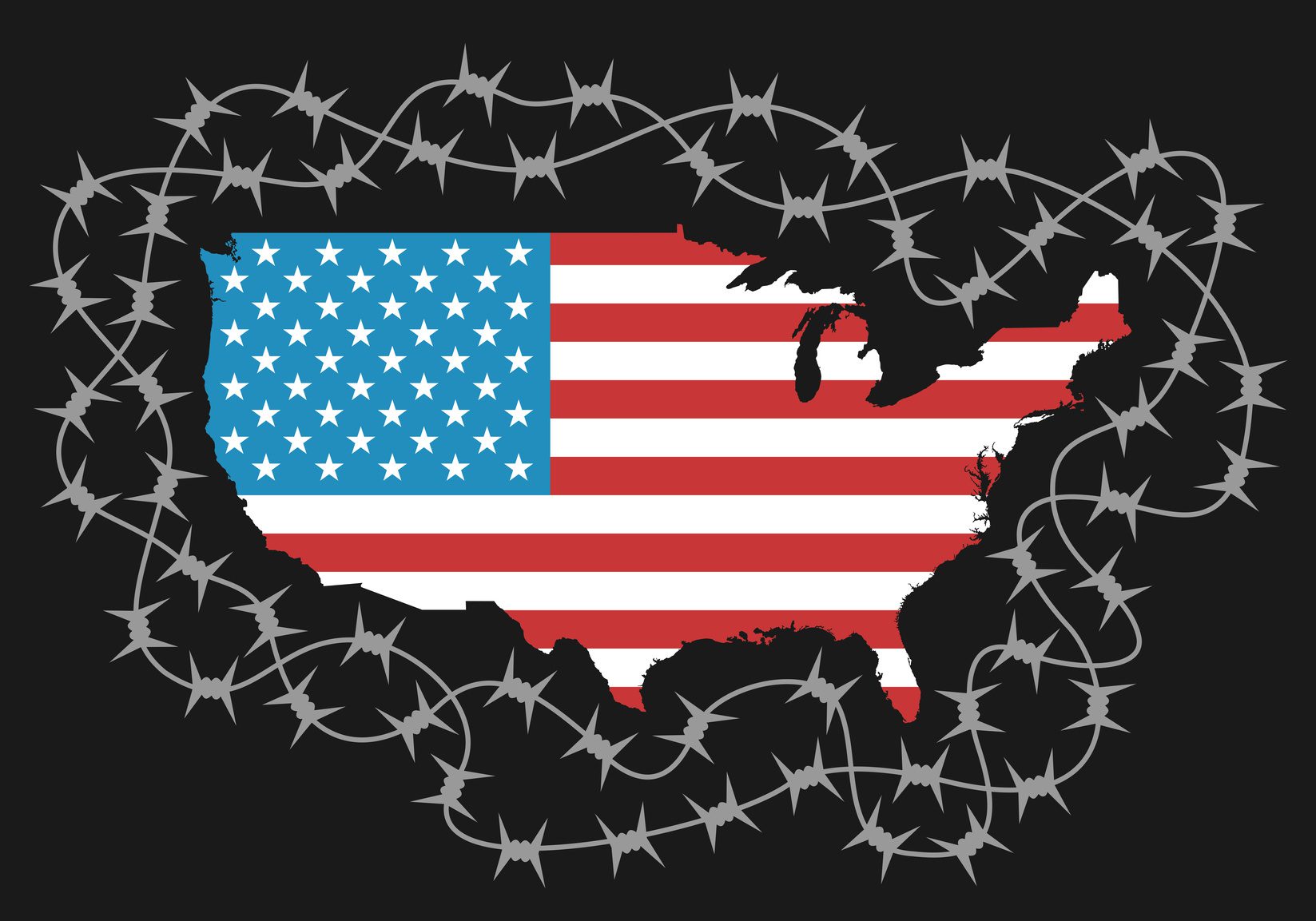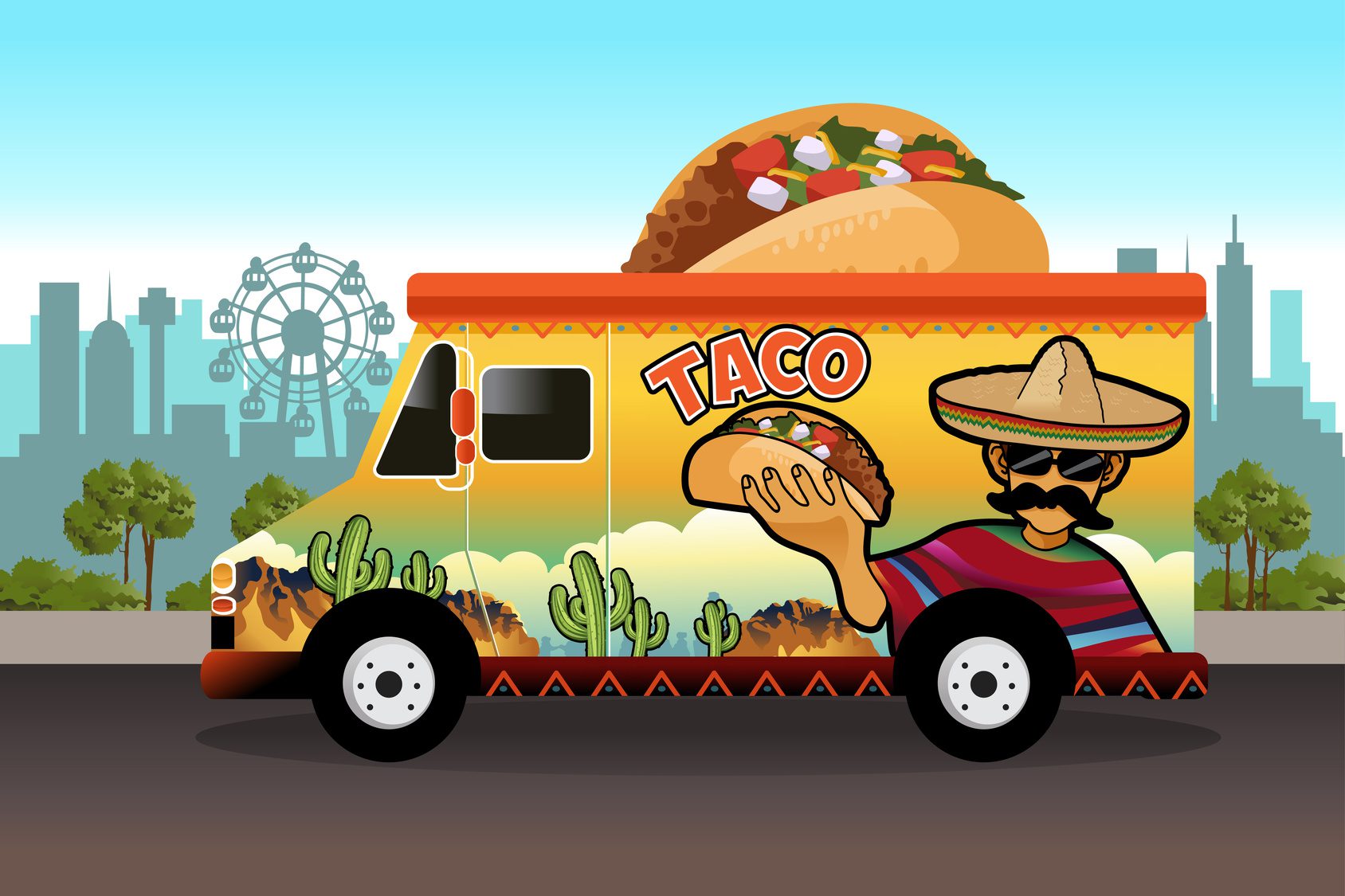The opioid crisis in the USA is believed to have begun in the 1990s with the overprescription of pain-relieving medicines. However, the epidemic gained steam recently with the availability of cheap heroin, fentanyl, and other synthetic opioids in the USA that foreign drug cartels from Mexico and China predominantly provide. According to a report by the US Congress Joint Economic Committee (JEC), the economic burden caused by the opioid crisis in the USA is to the tune of US$ 1.5 trillion in 2020, a 37% increase from 2017 when the CDC last reported it. This translates to 7% of the country’s GDP in 2020, indicating that the problem cannot be ignored.
The death toll owing to the opioid epidemic has tripled from 2016 to 2021, as per research by Yale University. In terms of human deaths, over 1,500 Americans die per week from taking some form of opioid. The overall death toll owing to opioid overdose was 80,411 in 2021.
Although the US government has taken initiatives to curb the crisis, such as increasing the federal, state, and local governments’ investments in drug treatment and prevention programs, a lot more needs to be done in the field of foreign policy and drug approval control, among others.
Federal action to control the opioid epidemic is underway, but more efforts are needed
From funding treatment programs and addiction prevention tools to focusing on a harm-reduction approach that lays importance on life-saving drugs and tools that could reverse opioid overdose, the US government has recently taken significant measures to curb the opioid crisis in the country.
Government grants and monetary aid
To begin with, the federal, state, and local governments have increased funding for the treatment and prevention programs for opioid use disorder. The Comprehensive Addiction and Recovery Act was passed in 2016 to combat the opioid crisis in the USA. It was a six-pronged strategy with pillars: prevention, treatment, recovery, law enforcement, criminal justice reform, and overdose reversal.
In monetary grants provided by the federal government, a sum of US$1.8 billion was given to states to combat the opioid crisis in 2019. Grants of US$900 million were given to the CDC over three years to facilitate the monitoring of overdose data and subsequently design strategies for treatment in states and counties/localities.
In addition, US$932 million was given to all 50 states in State Opioid Response grants in 2019. In 2021, the Biden government and the American Rescue Plan Act (ARP) provided US$5.5 billion for mental health and substance abuse prevention. In 2022, the sum was increased to US$1.5 billion for the State Opioid Response grants.
Apart from grants given by the federal government, some states and counties/localities utilized the Coronavirus State and Local Fiscal Recovery Funds (SLFRF) from the ARP for developing programs to improve behavioral health, prevent opioid addiction, and treatment strategies for opioid use disorder. The SLFRF was to the tune of US$350 billion that was given to the state, territorial, local, and tribal governments across the USA to help them respond to and recover from COVID-19.
Drug control policies
In addition to monetary aid, the federal government brought about changes in drug control policies. For example, in April 2022, the Biden government introduced the National Drug Control Strategy that focused on a harm reduction approach that advocates using life-saving tools such as naloxone, drug test strips, and syringe services programs. It also promotes evidence-based treatment for those who are at a high risk of an overdose and improvement of the data and research systems for seamless development of drug policies.
With the FDA approval of the naloxone nasal spray Narcan in March 2023, it became the first OTC drug in the USA to reverse fentanyl overdoses. Narcan began to be sold to the public by September 2023.
Foreign policies
The US federal government has worked together with the government of Mexico for decades to curb the flow of illicit drugs entering the USA. To cite an example, through the Merida Initiative, the USA gave Mexico monetary aid of US$3.5 billion between 2008 and 2021 to counter the smuggling of illegal drugs across borders.
In the second half of 2021, the Biden government announced synthetic-opioid peddling a national emergency. The federal government also signed two executive orders that allowed the Biden administration to sanction individuals and bodies involved in the creation and distribution of fentanyl.
The 2022 National Drug Control Strategy also laid down policies to minimize the supply of illegal drugs through domestic and international collaboration.
In the second half of 2023, the federal government sanctioned 25 companies and individuals based in China who were suspected to be associated with the production of fentanyl precursor chemicals. Furthermore, the Biden government added China to the US list of countries involved in the creation and distribution of illegal drugs. This list comprises 22 other countries, such as Colombia, Mexico, and India.
In addition to this, the Biden government has continued to put pressure on Mexico to seize fentanyl precursor chemicals obtained from China and eradicate secret laboratories in Mexico. In November 2023, president Biden agreed with the Chinese and Mexican presidents separately to improve bilateral cooperation to prevent the production and dissemination of illegal fentanyl.
Domestic control measures
Apart from international efforts, federal action is being taken to control illegal opioid dissemination domestically. For instance, regulations have been put in place to revise the limits on opioid prescriptions, to prioritize seizing fentanyl, and to create widespread awareness of fentanyl’s lethality. Compared to 2021, the Drug Enforcement Administration of the USA seized double the quantity of fentanyl in 2022, and it announced that 60% of fake prescription drugs possess a lethal dose of fentanyl.
EOS Perspective
The JEC estimates of the US opioid crisis cost of US$1.5 trillion in 2020 speak volumes about the scope and size of the federal action needed to combat the epidemic. The magnitude of the opioid crisis in the USA calls for concrete action from the federal, state, and local governments to decrease both the death toll and the economic burden.
The federal government should promote the increase of access to evidence-based treatment by eradicating the barriers to healthcare and continue to embrace the “treatment over punishment” approach, focusing on medical attention and support instead of imprisonment. Another step is to enable the Medicaid expansion of the 12 states that have yet to expand Medicaid under the Affordable Care Act. This will lead to higher access to treatment, thereby minimizing the fatality rate.
Furthermore, the federal government should fund the Overdose Data to Action program for the expanded opioid data collection on overdose deaths in all US states. This will aid researchers and policymakers in arriving at the socioeconomic cost and aftermath of the opioid epidemic to understand better and resolve the problem. The federal government should also take initiatives to reduce the societal stigma around substance abuse for higher enrollment in treatment services.
Moreover, the federal government needs to address Narcan’s cost and accessibility challenges in the USA for better reach and impact. More R&D, increased border inspection, better overdose prevention, and employee assistance programs are instrumental in controlling the opioid epidemic in a better way.
Allocation of funds, increasing access to treatment, and enhancing the understanding of the scale of the epidemic are crucial steps in decreasing the human and economic toll of the opioid crisis in the USA.





